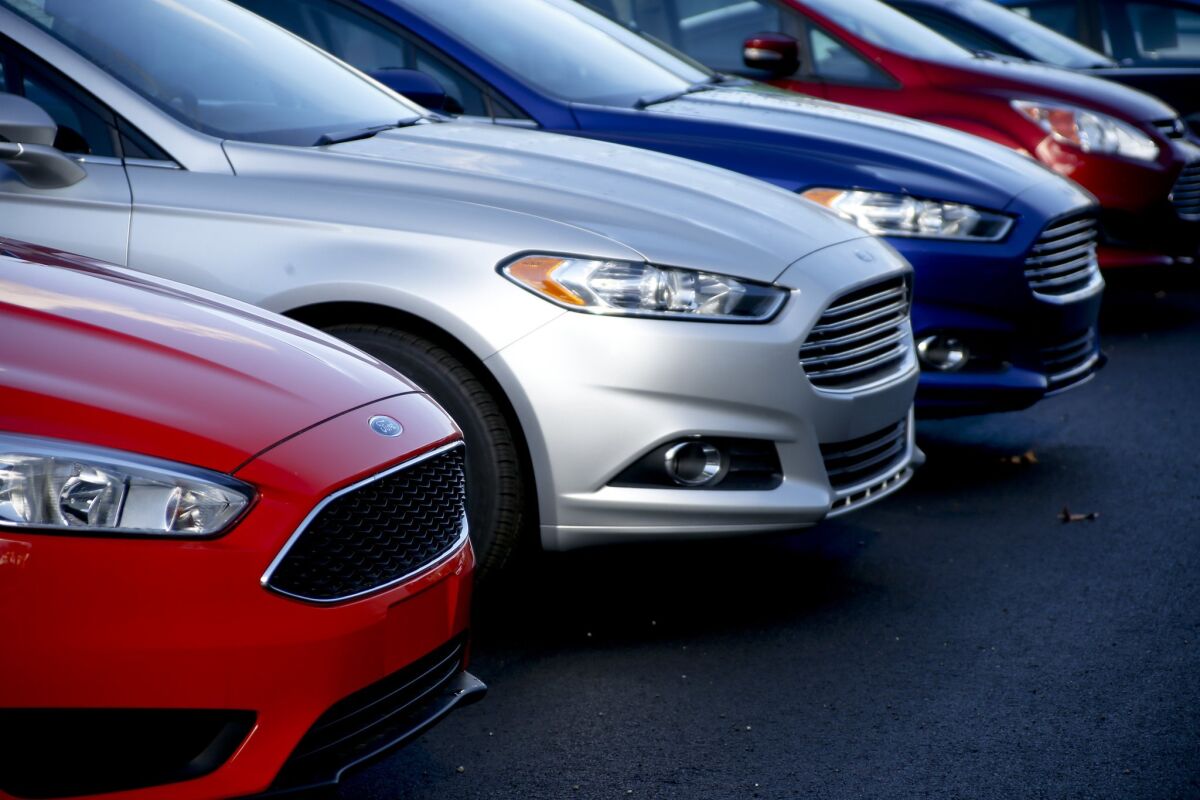We have a proud automotive culture in the United States, but surprisingly, not many people know much about the automotive history of this country. For this history lesson, we’re focusing on the automotive “industry” rather than the history of the automobile itself.
The US auto industry is an iconic and vital part of the American economy. For over a century, it has been a driving force of innovation, growth, and employment. Today, the industry is facing new challenges, but it remains a major player on the global stage.
When everything started
In the 1890s, the American automobile industry began and, thanks to the use of mass production and the large size of the domestic market, quickly evolved into the largest automobile industry in the world (although Japan would take this title away from automakers). USA in the 1980s and then from Japan by China in 2008).
The US motor vehicle industry actually started with hundreds of manufacturers, but by the late 1920s, three companies stood out from the rest:
- General Motors (GM): Founded in 1908, GM quickly became the world’s largest automaker. It is known for its iconic brands, such as Chevrolet, Buick, and Cadillac.
- Ford Motor Company (Ford): Founded in 1903, Ford is known for its innovative assembly line and its iconic Model T. It is also known for its brands, such as Ford, Lincoln, and Mercury.
- Chrysler: Founded in 1925, Chrysler is known for its affordable cars and its innovative engineering. It is also known for its brands, such as Chrysler, Dodge, and Jeep.
the big three
These three companies continued to thrive, even after the Great Depression and World War II. Henry Ford began building cars in 1896 and founded the Ford-Motor Company in 1903. Ford used the first conveyor-based assembly line in 1913, improving the mass production of its Model T. The assembly line significantly reduced costs and the Model T sold so well that it propelled Ford to become the largest automobile company in the United States.
General Motors was founded by William Durant (formerly a carriage manufacturer) in 1908. In the early years, GM acquired Buick, Oldsmobile, Oakland (later to become Pontiac), Cadillac, and several other automobile companies. Durant also wanted to acquire Ford, but Henry Ford chose to maintain the company’s independence from him. Having become somewhat “buy-happy”, Durant over-extended the company and was ousted by a group of banks who took a majority stake in the company. Durant then partnered with Louis Chevrolet and founded Chevrolet in 1913, which became a quick success. Durant retook majority control of GM after acquiring enough shares, and GM acquired Chevrolet in 1917. This did not last long, however. Durant was forced into retirement again in 1921. By the late 1920s, GM overtook Ford as the largest automaker.
Former Buick chairman and former GM executive Walter Chrysler took control of the Maxwell Motor Company in 1920, revamped it and reorganized it into the Chrysler Corporation in 1925. Chrysler acquired Dodge Brothers in 1927 and, in 1928, introduced the DeSoto and Plymouth brands thanks to the dealer network and manufacturing facilities that emerged with the Dodge acquisition. In the 1930s, Chrysler overtook Ford to become the second largest automaker.
Challenges and Opportunities
In recent years, the US auto industry has faced a number of challenges, including:
- Increased competition from foreign automakers, such as Toyota and Honda
- Rising fuel prices
- The economic recession of 2008
- The shift towards electric vehicles (EVs)
These challenges have forced the Big Three to adapt and change. They have invested heavily in new technologies, such as EVs and autonomous vehicles. They have also streamlined their operations and cut costs.
As a result of these efforts, the US auto industry is starting to rebound. In 2022, the Big Three sold over 15 million vehicles, their highest total since 2016.
The Future of the US Auto Industry
The future of the US auto industry is uncertain, but it is clear that the industry is facing a number of significant challenges. The Big Three must continue to innovate and adapt if they want to remain competitive in the global marketplace.
However, the US auto industry also has a number of advantages, such as its strong manufacturing base, its talented workforce, and its innovative spirit. If the Big Three can overcome their challenges, they have the potential to continue to be a major force in the global auto industry.
1950 and beyond
By 1950, the United States produced nearly 75 percent of all the world’s automobiles. However, in the early 1970s, US auto companies (especially the Big Three) were hit hard by increased competition from foreign automakers and high oil prices. In subsequent years, companies occasionally recovered, but the crisis peaked in 2008, leading Chrysler and General Motors to file for bankruptcy and be bailed out by the federal government. Although Ford was also affected by the crisis, it decided to go it alone and did not accept the bailout. In fact, we have a lot of respect for Ford as a result of this. They did not take the easy road.
The year 2014 saw the highest sales (seasonally adjusted annualized) ever with 16.98 million vehicles.
